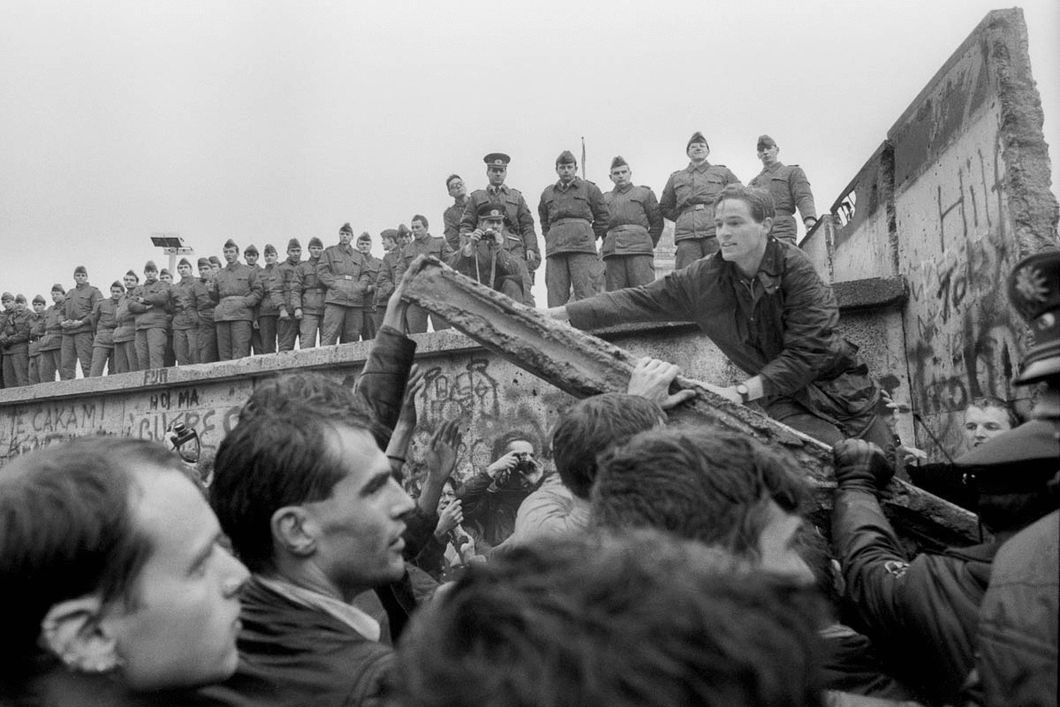It is said that East Germany was a "communist" state in Post World War II Europe. However, Karl Marx - one of the founders of communist thought - described communism much differently than the reality in the German Democratic Republic.
One of these differences between communism in East Germany and Marxist thought is the fact that the Soviet Union is what formulated the regime in the state, rather than a revolution of the people like Marxism suggests. There are some similarities between communism in East Germany and Marxism - and the Soviet Union's interpretation of Marxism - like the economy and society being controlled by the state.
Overall, while communism in East Germany was similar to Marxist thought, there were notable differences that did not fully point to what Karl Marx had believed.
East Germany, which was at one point the German land controlled by the Soviet Union but became the German Democratic Republic in 1949, began the process of the establishment of the communist regime when World War II ended in 1945, according to a number of printed sources. The city of Berlin was divided in half between East and West Germany, with West Germany being the Federal Republic of Germany and East Germany being under a communist regime. The process of East Germany becoming a communist regime was partially similar to that of the Soviet Union, in terms of the "... Soviet model of organisation in state and society," according to "The G.D.R.: The History, Politics, Economy and Society of East Germany."
The Soviet Union essentially solidified two political groups prior to the election of 1946.
In order to turn the state into a communist regime, Soviet authorities forced the Communist Party of Germany and the Social Democratic Party to combine into the Socialist Unity Party (SED). The party dominated the elections, and the German Democratic Republic was signified on October 7, 1949, and a constitution that glorified socialism and let the party SED have power over the other political parties. The communist regime in East Germany included production quotas, similar to the Soviet Union in that production of goods was controlled.
Over time, leaders of the German Democratic Republic (GDR) changed, and their leadership led to the state being described as a "republic of workers and peasants." This characterization of East Germany under a communist regime proved that the state's control of the economy, production, the workers, and their livelihood relates it to the Soviet Union's socialist system. East Germany's process of establishing a communist regime differed from Marxist theory because Marxism suggests that communism would come to be in a state due to a revolution of the people, rather than another state's interference in the elections and state structure of East Germany.
The Marxist theory states that the "dictatorship of the proletariat" but the people did not rule, the state did.
However, the establishment of communism in East Germany was similar to Marxist theory in that the means of production were controlled by the state. The establishment of communism in East Germany (German Democratic Republic) was done by the Soviet intervention in the political parties of the state after the end of World War II, creating a party that controlled the state and began the process of collective production and control of workers.






 The minimum wage is not a living wage.
StableDiffusion
The minimum wage is not a living wage.
StableDiffusion
 influential nations
StableDiffusion
influential nations
StableDiffusion







